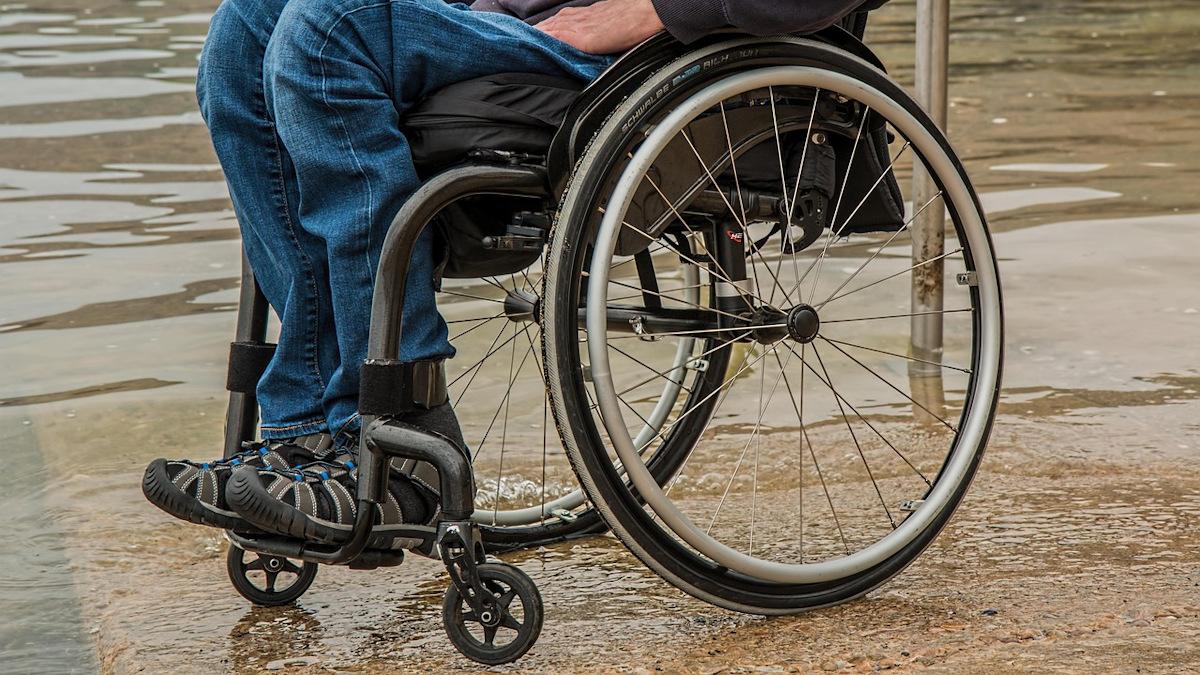New data could widen use of Novartis' SMA therapy Zolgensma

Novartis has reported positive phase 3 results with intrathecal dosing of its spinal muscular atrophy (SMA) gene therapy Zolgensma, which could extend the range of children eligible for the drug.
At the moment, Zolgensma (onasemnogene abeparvovec) is administered intravenously, which means it is only an option for younger children under a certain weight. The new intrathecal formulation – codenamed OAV101 IT – is administered by an injection given directly into the cerebrospinal fluid through the lower back and has been shown to be effective in older children.
Novartis has revealed top-line results from the phase 3 STEER study, which involved treatment-naïve patients with SMA type 2 aged from two to 17 who can sit, but who have never walked independently.
The trial met its primary objective, showing an increase from baseline in the Hammersmith Functional Motor Scale Expanded (HFMSE) total score – which measures motor function skills – compared to a sham injection.
Zolgensma replaces the mutated SMN1 gene responsible for causing SMA, which in severe manifestations prevents infants from standing and sitting and can eventually rob them of the ability to breathe, making it a fatal condition if untreated.
Now, Novartis hopes to be able to share the data with regulatory authorities in 2025, including the US FDA, in the hope of making OAV101 IT available to treat a wider range of SMA patients. At the moment, Zolgensma is indicated for the treatment of patients less than two years of age only.
OAV101 IT has had a chequered path through development, as it was placed on a temporary clinical hold by the FDA in 2021 after inflammation was seen in the dorsal root ganglia of spinal nerves that was sometimes accompanied by neurodegeneration, although, that was relaxed a few months later after data from a toxicity study in non-human primates restored confidence in the safety of the therapy.
Zolgensma is already a major success for the gene therapy category, with sales reaching $1.2 billion in 2023 while some other therapies have struggled to make it commercially. There have been signs of flattening sales growth, as use of the gene therapy has shifted to newly-diagnosed infants and the pool of already diagnosed patients has started to dry up.
Analysts have previously suggested that, if OAV101 IT gets approved, a new group of patients will come into the frame, allowing peak sales of the franchise to rise above the $2 billion threshold.
Novartis' chief medical officer, Shreeram Aradhye, said that the new data supports the approval of the drug in patients aged two and above, many of whom rely on chronic treatments to manage their disease. That includes blockbuster therapies like Biogen's Spinraza (nusinersen) and Roche's Evrysdi (risdiplam).
"These positive topline results from the STEER trial underscore the efficacy, safety, and tolerability of OAV101 IT," added Aradhye.












